 Interview with Gijs van Wulfen
Interview with Gijs van Wulfen
I had the opportunity recently to interview fellow Innovation author Gijs van Wulfen to talk with him about his new book The Innovation Maze, which is a follow-up to his great first book The Innovation Expedition.
1. In the book you cite a study saying companies reported a drop in breakthrough ideas between the mid 1990’s and 2010. What do you attribute this drop to?
The share of breakthrough new products has been halved in the last decades from 20.4% in the mid-1990s to only 11.5% in 2010. Companies tend to prefer incremental innovations in small steps over breakthrough innovations in big jumps as they can be implemented faster with less perceived risk and fewer resources needed. Just take a look at how innovation budgets are spent: 58% of R&D spending is directed at incremental or renewal innovations, 28% at new or substantial innovations, and only 14% at breakthrough or radical innovations. It seems there’s a growing dislike for risks what causes incremental innovations to dominate. I like to quote the CEO of BMW AG, the German luxury car producer, Dr. Ing. Norbert Reithofer. When asked why BMW started the risky E-car project with the BMWi-3 and i-8 he responded very openly: “Because doing nothing was an even bigger risk.”
2. At the beginning of your book you highlight “15 Obstacles Hindering Innovation At Its Start”, if you could only eliminate three, which three would you choose?
Actually my personal goal is to eliminate all 15 obstacles which hinder innovation at the start, Braden. With the right approach, I even think it’s possible too. That’s why I’ve written The Innovation Maze. If I could eliminate three, I would choose the ones which are hindering people in organizations the most:
- No priority for innovation. This is relatively easy to solve, as you only have to pick the right moment. Never present a new radical innovation project to your board when business is going up fine.
- No market need. The biggest problem for start-ups or R&D-projects in big firms is that they provide solutions without a problem. Connecting to customers and matching potential solutions with relevant customer frictions at the start of innovation is essential. With out a customer need there is no market.
- No business model. Innovations are not viable without a business model. Experimenting with pretotypes or prototypes in the early phases of the development process is essential to test if your business model is viable.
 3. Google no longer does 20% time, why do you think that is?
3. Google no longer does 20% time, why do you think that is?
In 2013 Google began cutting back on their policy to give employees 20 percent of their work time to pursue projects they are passionate about, even if it is outside the core job or core mission of the company. They replaced it with a more focused approach to innovation instigated by CEO Larry Page. It resulted in more tightly targeted innovation activities, rather than the ‘scattergun’ innovation approach that was created by Google ‘20% time’. I am a fan of focused innovation, as this will increase the chance of success as less projects will get better people and more funds. It fits better Google, as a big company, with more than 60.000 employees.
4. People love to ideate and often equate ideation with innovation (which they shouldn’t). What tips would you offer to help people have a great ideation session?
Well, I have found 25 elements which are necessary creating a perfect ideation session:
Highly relevant
— Define a relevant innovation assignment, which is a challenge for the organization and the people you invite.
— Make the assignment concrete and s.m.a.r.t.
— Create momentum for ideation. Something important must happen now!
Diverse group of participants
— Invite people for whom the assignment is personally relevant.
— Invite people for both content as well as decision-making capabilities.
— Include outsiders and outside-the-box thinkers.
— Include an even mix of men and women, young & old, et cetera.
— Invite the internal senior problem-owner (CEO or vice president) to participate.
Special setting
— Look for a special and harmonious venue, fitting your innovation assignment.
— Create an (emotionally) safe environment where you can be yourself.
— Don’t allow smartphones and iPads to ring or flash.
— Never- and I really mean never do any brainstorming at the office.
Effectively structured process
— Allow at least two days for effective ideation to reach concrete new concepts.
— Spend twice as much time on the convergence process as on the divergence process.
— Plan and prepare an effective combination of idea-generating techniques.
— Be open to suggestions from the group to adapt the process.
— Make sure it is enjoyable. Fun promotes good results.
— Time box. Make sure everybody is aware of the time limits- and sticks to them.
— Hire a visualizer or cartoonist to visualize the results
— Keep up the pace; otherwise it becomes long-winded and boring.
Facilitated by a professional
— Appoint an (internal) facilitator, who stays in the background and exercises light control.
— The facilitator should reflect the opposite energy of the group. If the group is too active: exert calmness.
— The facilitator mustn’t lose sight of sub groups; constantly monitoring their progress.
Concrete output
— Make the output very concrete and clear to anybody.
— Creating concepts together with your colleagues generates maximum internal support.
The experience of sharing ideas in a structured process and drafting concrete concepts from the best ideas has a great impact on group dynamics. At the end the whole group feels ownership of all the concepts. That is essential. New ideas need a lot of ‘parents’ to survive the product development process in a corporate culture.
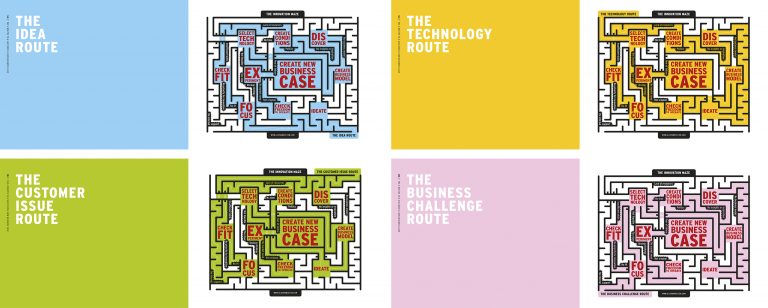
5. Where do you stand on breakthrough innovation vs. incremental innovation debate?
Should you focus on incremental innovations, radical innovations, or both? This depends on your role and situation. Startups mostly enter a market with a radical innovation. Facebook, and Twitter created new markets with new-to-the-world offerings. Tesla, Uber and AirBnB broke into existing markets surprising the incumbents with their new-to-the-world offerings. Existing organizations are mostly reactive innovators, which puts them in the situation where they have to quickly come up with innovations as the urgency is high. For them, incremental innovations are faster to develop with less risk. However, that won’t be enough in the long term as they also have to come up with radical innovations in order for their organization to grow again in the longer term. It’s essential that you find a good balance between incremental innovations, improvement of present products and services, and radical innovations focusing on big ideas which are outside the present comfort zone of your organization. With incremental innovations you prove to your customers and staff that you indeed can innovate and thereby build the confidence you will need to make bigger strides, once your radical innovations hit the market later.
6. Why is ‘checking for fit’ so important? What do people risk if they skip this step?
When you (and your innovation team) have come up with great ideas the question is how to make them reality. In practice, I have learned that if they don’t fit your personal goals as a start-up founder or your organizational goals as a corporate innovator, nothing will materialize in the end. It is essential to check this fit as early as possible in your innovation journey. If you skip this step you can almost be certain that someone will stop you later. The best excuse ever for risk-avoiding-bosses is “it doesn’t fit the strategy”.
7. Understanding customers is of course important, so what are your favorite tools for achieving customer understanding?
My three favorite tools for understanding customers are: customer journey mapping, identifying customer frictions and lead-user research. With the first one you identify all the factors influencing the customer experience from the customer’s perspective in a customer journey map. This is a great technique to use in service innovation, as a service is often so intangible and the user experience is actually your offering. The second technique identifies customer frictions via focus groups. This is a very practical technique which you can use in any innovation project to get to know a better understanding of your customers likes and dislikes. The third one is lead user research. Identifying the behavior of lead-users and co-creating with them is intensive and time-consuming and especially useful when you want to discover unmet latent needs and create more revolutionary ideas.
8. What is the best way for people to document the business case for an idea?
For more than 10 years, I have been using and giving instructions on a handy, practical framework for a new business case. My advice is to just use PowerPoint (or keynote) instead of writing a full written report, as nobody will read it anyway. Here’s the framework of a seven (7) page new business case, which you can present in 20 minutes at the most.
Slide 1. The Customer Friction.
— The customer situation.
— The customer need.
— The customer friction (problem/challenge).
Slide 2. Our New Concept.
— The customer target group (qualitative and quantitative).
— The marketing mix of the new product, service or business model.
— New for…. (the world, the market, our company).
Slide 3. This Makes our Concept Unique.
— Buying arguments for the customer.
— Current solutions and competitors.
— Our positioning.
Slide 4. It will be Feasible.
— We are able to develop it.
— We are able to produce it.
— The development process.
Slide 5. What’s in it for us.
— The number of customers (in year three).
— The projected revenues (in year three).
— The projected profits (in year three).
Slide 6. Why now?
— Why to develop it now.
— What if we say no.
Slide 7. The Decision to Proceed.
— The major uncertainties.
— The development team,
— The process, costs and planning.
Thanks for the interview Braden. I wish everybody great – and successful journeys through the innovation maze.
Thanks to you Gijs for sharing your insights with our global innovation community!
To learn more about Gijs’ four paths to innovation, grab yourself a copy of his new book his new book The Innovation Maze.

 Sign up here to get Human-Centered Change & Innovation Weekly delivered to your inbox every week.
Sign up here to get Human-Centered Change & Innovation Weekly delivered to your inbox every week.
![]() Sign up here to get Human-Centered Change & Innovation Weekly delivered to your inbox every week.
Sign up here to get Human-Centered Change & Innovation Weekly delivered to your inbox every week.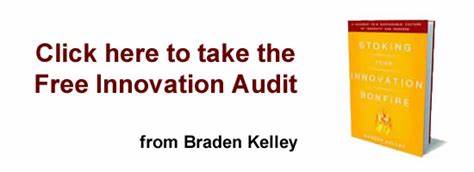


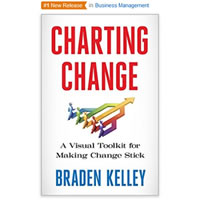
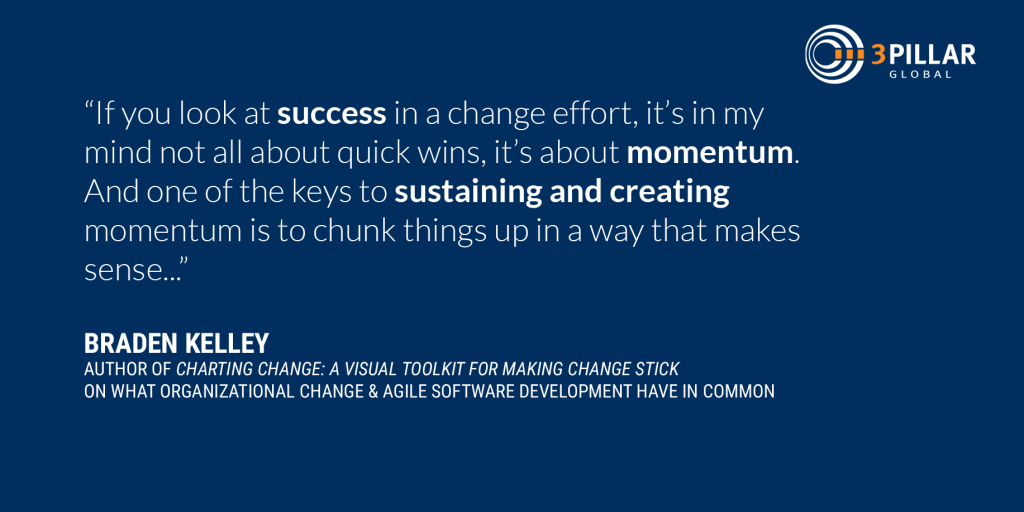
 Interview with Gijs van Wulfen
Interview with Gijs van Wulfen 3. Google no longer does 20% time, why do you think that is?
3. Google no longer does 20% time, why do you think that is?

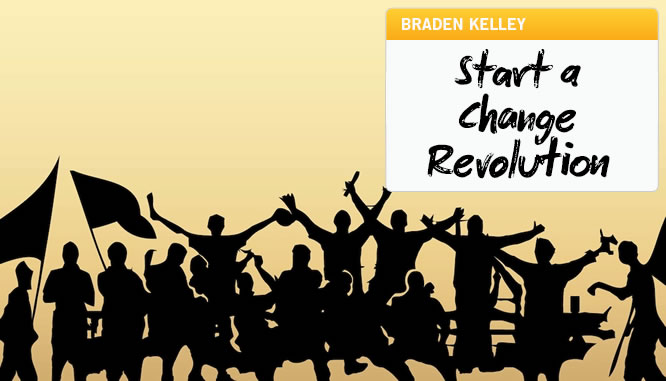


 Tanveer Naseer is an award-winning and internationally-acclaimed leadership writer and keynote speaker. He is also the Principal and Founder of Tanveer Naseer Leadership, a leadership coaching firm that works with executives and managers to help them develop practical leadership and team-building competencies to guide organizational growth and development.
Tanveer Naseer is an award-winning and internationally-acclaimed leadership writer and keynote speaker. He is also the Principal and Founder of Tanveer Naseer Leadership, a leadership coaching firm that works with executives and managers to help them develop practical leadership and team-building competencies to guide organizational growth and development. Recently I was identified in a mini research study as one of the top Key Opinion Leaders in change management on Twitter by Maven7, and they were curious about some of my opinions about organizational change, and asked me these two questions for an article titled ’14 Insightful Quotes from Influencers in Change Management’ on their blog.
Recently I was identified in a mini research study as one of the top Key Opinion Leaders in change management on Twitter by Maven7, and they were curious about some of my opinions about organizational change, and asked me these two questions for an article titled ’14 Insightful Quotes from Influencers in Change Management’ on their blog. The Interview
The Interview Interview with Scott Berkun
Interview with Scott Berkun
